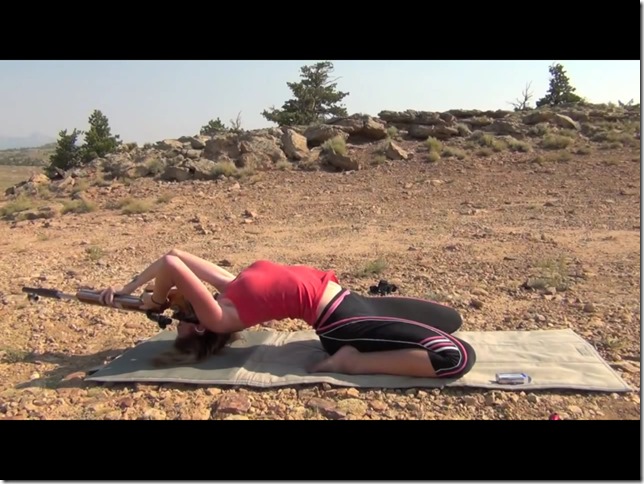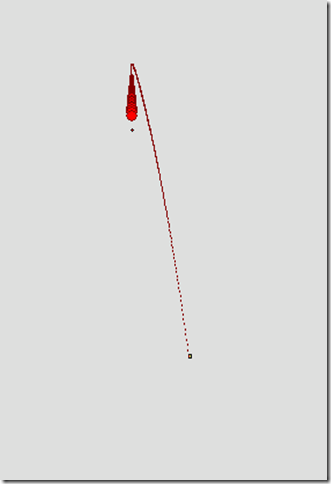Pretty interesting. I was confused for a bit though, until I realized that by “excessive headspace” the author really means “excessive case length” which would result in inadequate headspace. Using the shorter 40 S&W cartridge in a 10 mm barrel results in excessive headspace, so it’s a sort of Opposite Day article in that regard. It’s a well-written and interesting article otherwise.
The greater implication, at least for Glock shooters, is that you can go ahead and trim your brass at or below minimum spec and the gun will run just as well and possibly better. This would explain some of the commercial ammo I’ve seen, which has what appears to be a roll crimp rather than the prescribed taper crimp. That COULD result in a dangerous situation, as the crimp opens up across the chamber shoulder. So long as the case is short enough though, that the case mouth never touches the chamber shoulder, everything’s fine and dandy.
I’m one of those people who regularly checks finished rounds by plunking them down into the chamber (barrel removed from gun) to check for headspace. That’s a fine idea for several reasons, but this article puts all that into a rather different light when it comes to Glocks.
I have some 40 ammo lying around, though I don’t own any guns chambered for it, so now of course I’ll have to try it in my G20.
As an aside; I wish we could get past the little, political/legal/social dance we often perform when it comes to disclaimers. The author of that article asserts that using 40 in a 10 is actually safer than using 10 in a 10 or 40 in a 40, but still feels the need to dance the “Don’t try this at home, Kids” dance. I understand how this social twitch came about (I witnessed the whole thing) but really you can stop any time you like.







